North Indian Food Vs. South Indian Food - Know The Differences!

India is a large country with many different types of tasty cuisines from all throughout the country. Every region has its own distinct characteristics in terms of culture, population, geography, language, climate, and, in particular, the crops are grown throughout the seasons, which play a critical role in the diversity between the two. This distinguishing feature is the specialty of Indian cuisine.
And when it comes to Indian cuisine, it’s a mash-up of culinary traditions from around the Asian continent, despite being made on an identical taste basis. However, the delectable foods are divided into North Indian Cuisine and South Indian Cuisine.
As the name implies, both meals are quite different, making them even more appealing.
So, which of the two do you prefer? Is it an Indian from the North or a South Indian from the south?
Are you ready to learn more about these distinctions?
The Cuisine of North India
Rich curries and thick sauces characterize North Indian food, which is often served with chapatis, rotis, or naan. Aloo gobi, bhindi masala, malai kofta, kachori, chicken tikka, pav bhaji, Kadai paneer, biryani, Aloo Tikki chaat, and the list goes on and on.
And North India is one of those places where the food differs enormously, from roadside snacks to mouthwatering entire course entrees.
When it comes to North Indian cuisine, all of the North Indian states are represented, including Jammu and Kashmir, Rajasthan, Himachal Pradesh Uttar Pradesh, Uttarakhand, Chandigarh, Punjab, and Haryana. Himachali food from Himachal Pradesh, Awadhi cuisine from Uttar Pradesh, Kashmiri cuisine from Jammu and Kashmir, Mughlai cuisine, Kumauni cuisine from Uttarakhand, Punjabi cuisine, Rajasthani cuisine, and so on are among the cuisines that make up North Indian cuisine. Their preparations and culinary skills all have a significant Central Asian influence.
South Indian food
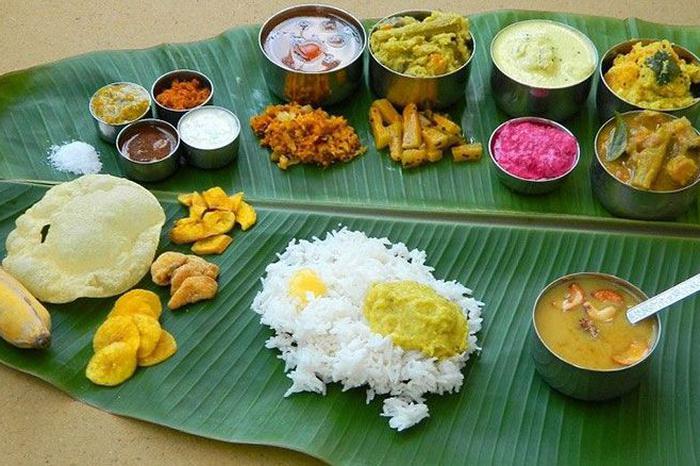
South Indian cuisine incorporates a more significant amount of coconut milk into its taste profile.
As a result, the sauces are often thinner.
Also included in their diet are curry leaves, lemongrass, and other native fruits. Instead of rotis/chapatis, you’ll find rice, lentils, or stews instead of rotis/chapatis in North Indian cuisine. Masala Dosa, upma, chicken 65, sambar, appam, pulihora, Hyderabad biryani, Idli, Dosa, Pongal, and various other delectable meals are some of the most popular South Indian foods.
There are vegetarian and non-vegetarian meals in South Indian cuisine. Kerala, Andhra Pradesh, Telangana, Tamil Nadu, Karnataka, and Union Territories Lakshadweep, Pondicherry, Andaman, & Nicobar Islands are among the cuisines represented.
When it comes to the state’s cuisine, Kerala is well-known for its Malabar cuisine, which includes delectable seafood dishes. Hyderabad is known for its delectable Nizami cuisine, in which dried fruits, nuts, and spices like saffron are used liberally.
Telangana and Andhra Pradesh cuisine is known for their spicy vegetable and lentil-based meals. They utilize chilies and tamarind to enhance their meals with a spicy, sour flavor. Karnataka’s cuisine has a certain allure to it. To make their dishes less spicy, they utilize jaggery and palm sugar. On the other hand, Tamil Nadu employs rice as a central component in its recipes, which includes both vegetarian and non-vegetarian options.
Side Dishes: Indian food is rich in taste and appearance, and side dishes are an essential component of every meal. The side dishes round out the main courses and add color, balance, and depth to the palates.
The following are a few examples of typical side dishes:
Papad
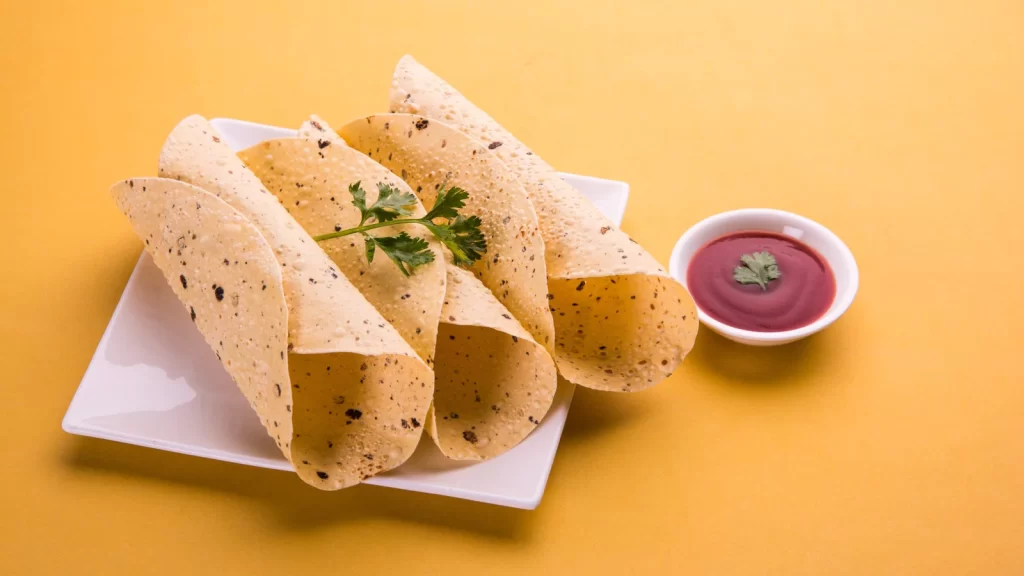
It’s a thin crisp prepared with black gram flour that’s commonly served as an appetizer or side dish.
Raita
It’s a simple condiment made of yogurt studded with shredded veggies and crushed spices, most likely cumin that works well with Basmati rice to chill and balance the heat.
Chutneys
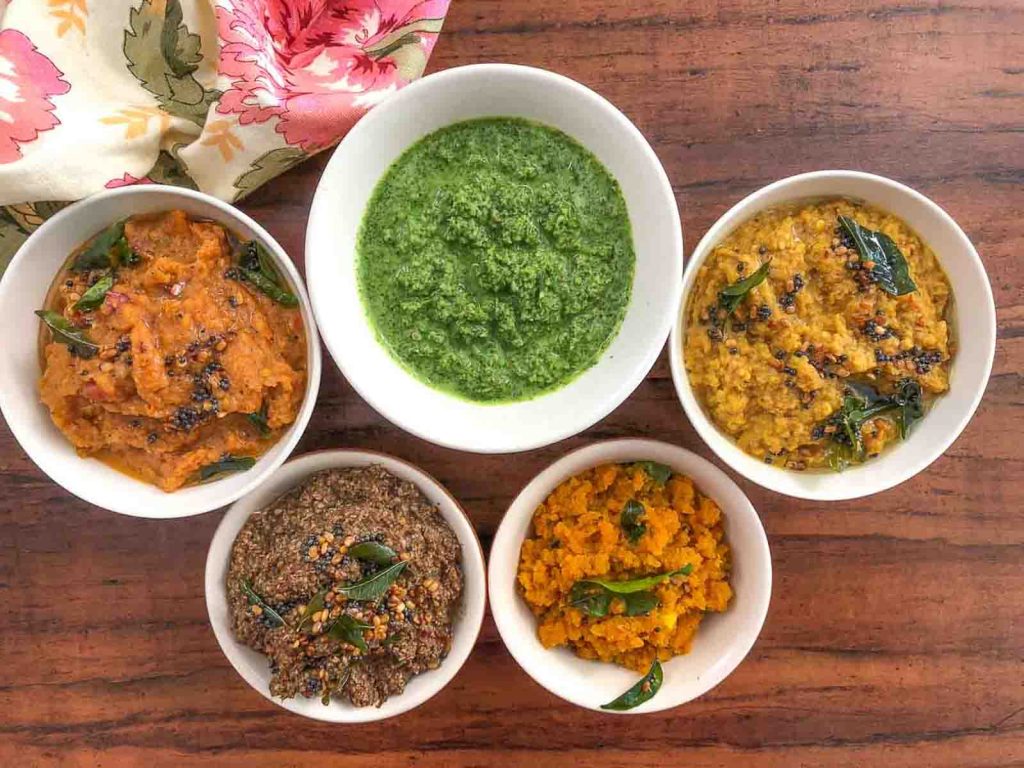
Chutneys come in various flavors, from mint to tamarind, and are commonly served with main course items such as dosa and samosa.
Aachar
It is usually made from fruits or vegetables and comes in various shapes and sizes. It brightens up each meal, from rice to yogurt to dal, and can be found on almost every Indian table.
The most popular is mango achar, which is well-known for its consistent sweet-sour flavor.
Let’s get started
Grains

For tens of thousands of years, grains have been a staple in human meals.
They are a vital source of various nutrients, including fiber, vitamins, and minerals.
And, in the northern part of India, wheat is widely farmed, which is why loaves of bread like naan and roti are more frequent. Still, rice and lentils are often consumed in the southern part of the country and provide a complete protein source in meals.
Meat
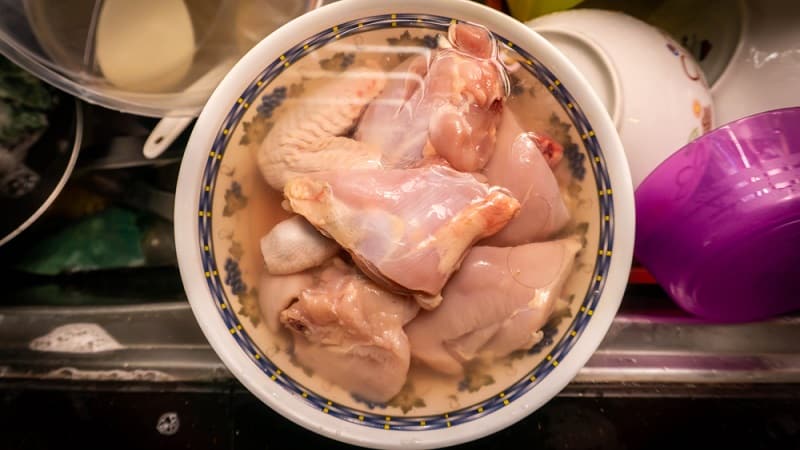
Meat is frequently considered a complete mix of minerals, proteins, vitamins, and fatty acids. Including it in your balanced diet is always good.
When it comes to the contrasts between the two areas, all lamb and chicken recipes originate in Northern India.
And, because southern India is closer to the sea and has a more excellent supply of vegetable crops, the food eaten there is primarily vegetarian with some seafood.
Dairy
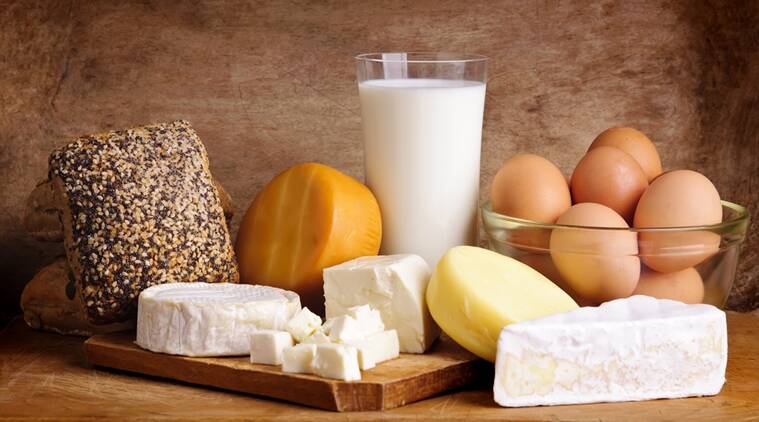
The type of dairy utilized in both cuisines is significantly different.
Although both Northern and Southern Indians eat much yogurt, the manor the dairy is employed in both cuisines differs. In the majority of their meals, northern Indians use ghee or butter. Still, southern Indians use coconut milk instead of conventional dairy.
Dairy products, in any form, are helpful. Dairy products have a variety of health advantages, including better bone health.
There’s a lot to consider, from bodily maintenance to essential minerals like calcium, potassium, vitamin D, and protein.
Spices
Spices are pretty crucial in the preparation of the foods we eat. They are utilized to make the dish seem more appealing and authentic while also bringing out the distinct natural flavor. Northern Indian cuisine is often less spicy, with spice usage ranging from mild to moderate. Still, southern Indian cuisine is a bit hotter.
Featured Dishes
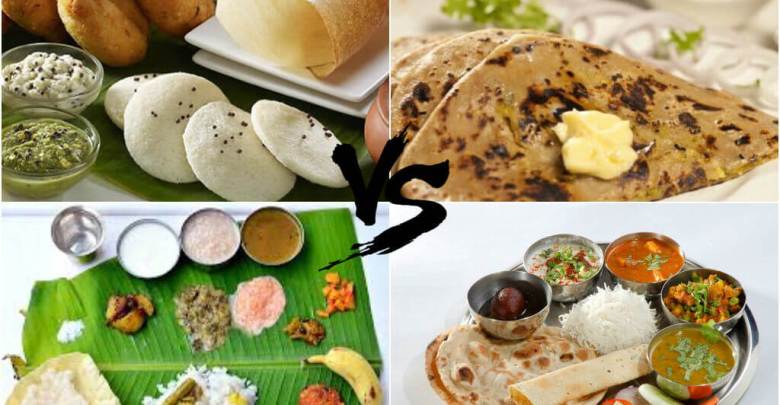
We are all aware of the distinctions now.
Let’s have a look at some of the most popular mouth watering cuisines from both locations. Because south Indian foods are often created with rice, lentils, and stews, dishes like dosa (a lentil and rice crepe), idli (steamed lentil rice cakes), saaru/ rasam (a tomato, tamarind, and lentil soup), and sambar/Huli (a spicy lentil and vegetable stew) are among the most common.
On the other hand, bread and curries are a staple of North Indian cuisine.
North Indian foods include pieces of bread like naan, rotis, samosas, curries, and gravies such as palak paneer (cheese and spinach) and gobi (cauliflower and potato).
Even though the cuisines of South and North India are highly distinct, they each have their beauty and importance in the Indian kitchen.
Their originality is reflected in their appearance and flavor, scent, and preparations.
Furthermore, Indian food is the most impacted by international cuisines. Many dishes have been adapted to suit the new type of Indian taste.
Which one is your personal favorite?











